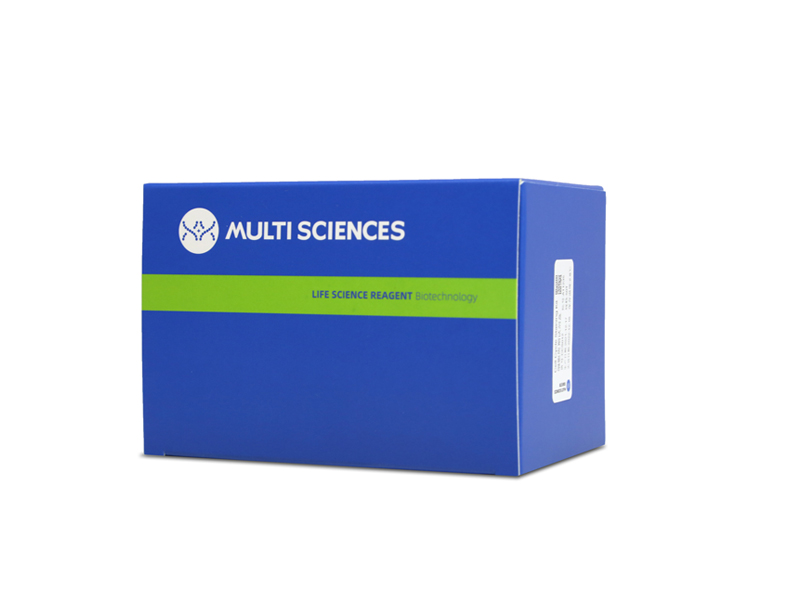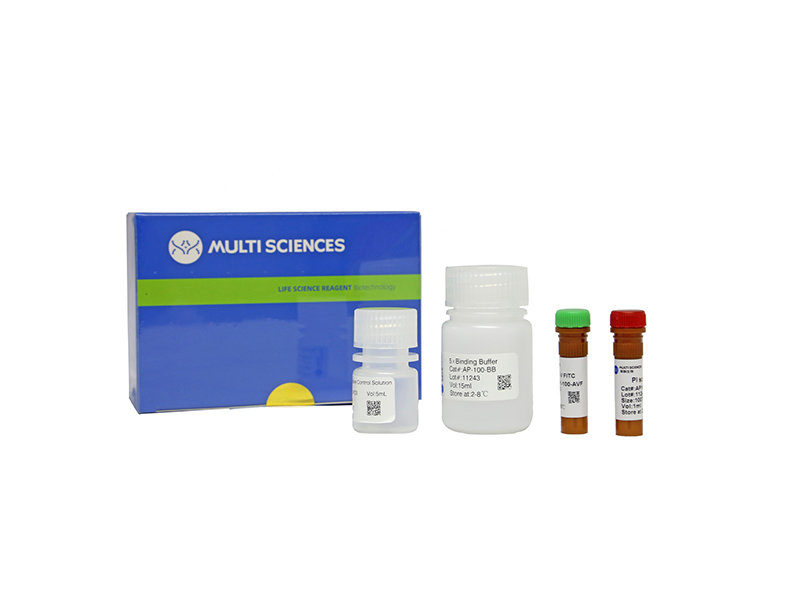Respiratory syncytial virus (RSV) is the leading cause of bronchiolitis in young children, but there are few safe and effective treatments for this disease. Platycodonis Radix is widely used as an antitussive and expectorant drug for preventing various diseases in lower respiratory tract, in which the polysaccharides are one of the main bioactivity constituents. In this study, the protective effects of the P. Radix polysaccharides (PRP) against RSV-induced bronchiolitis in juvenile mice and RSV-induced apoptosis of epithelial HEp-2 cells were investigated. The results showed that PRP obviously decreased the levels of IL-1β, IL-4, IL-6, TNF-α, IFN-γ and TSLP in lung tissues, and reduced the number of inflammatory cells in bronchoalveolar lavage fluid (BALF) of RSV-infected mice. Furthermore, it reduced the apoptosis of RSV-infected HEp-2 cells and remarkably inhibited the mRNA expressions of RSV L gene, which indicated that PRP affected transcription and replication of RSV in host cells. Compared with that in RSV-infected group, miR-181a-5p in the PRP-treated group presented the highest relative abundance and its expression was violently reduced by approximately 30%. Mechanistically, PRP had the similar effects as miR-181a-5p antagomir on RSV-induced apoptosis and inflammation in HEp-2 cells via upregulating BCL2, MLL3 and SIRT1, which could be reversed by miR-181a-5p mimic. Therefore, it demonstrated that PRP not only protected against RSV-induced lung inflammation in mice but also inhibited apoptosis of RSV-infected HEp-2 cells via suppressing miR-181a-5p and transcriptionally activating Hippo and SIRT1 pathways.
文章引用产品列表
-
- EK282 1454 Citations
- ELISA试剂盒
Mouse TNF-a ELISA Kit检测试剂盒(酶联免疫吸附法)
- ¥1,600.00 – ¥10,800.00
-
- AT101 1165 Citations
- 凋亡试剂盒
Annexin V-FITC/PI Apoptosis Kit(细胞凋亡试剂盒-适用贴壁细胞 除C6流式细胞仪以外的流式细胞仪)
- ¥860.00 – ¥1,510.00
-
- AT101C 300 Citations
- 凋亡试剂盒
Annexin V-FITC/PI Apoptosis Kit(贴壁细胞专用)(C6流式细胞仪专用)
- ¥860.00 – ¥1,510.00
-
- AP101 1755 Citations
- 凋亡试剂盒
Annexin V-FITC/PI Apoptosis Kit(适用于除C6以外的流式细胞仪)
- ¥630.00 – ¥1,280.00
-
- AP101C 302 Citations
- 凋亡试剂盒
Annexin V-FITC/PI Apoptosis Kit (C6专用)
- ¥630.00 – ¥1,280.00
-
- EK280HS 394 Citations
- 高敏试剂盒
Mouse IFN-γ High Sensitivity ELISA Kit检测试剂盒(酶联免疫吸附法)
- ¥2,000.00 – ¥3,400.00
-
- EK282HS 1241 Citations
- 高敏试剂盒
Mouse TNF-α High Sensitivity ELISA Kit检测试剂盒(酶联免疫吸附法)
- ¥2,000.00 – ¥3,400.00
-
- EK280 477 Citations
- ELISA试剂盒
Mouse IFN-gamma ELISA Kit检测试剂盒(酶联免疫吸附法)
- ¥1,600.00 – ¥10,800.00
-
- EK265 12 Citations
- ELISA试剂盒
Mouse TSLP ELISA Kit检测试剂盒(酶联免疫吸附法)
- ¥1,600.00 – ¥2,650.00
-
- EK206 1296 Citations
- ELISA试剂盒
Mouse IL-6 ELISA Kit检测试剂盒(酶联免疫吸附法)
- ¥1,600.00 – ¥10,800.00
-
- EK206HS 1080 Citations
- 高敏试剂盒
Mouse IL-6 High Sensitivity ELISA Kit检测试剂盒(酶联免疫吸附法)
- ¥2,000.00 – ¥3,400.00
-
- EK204HS 169 Citations
- 高敏试剂盒
Mouse IL-4 High Sensitivity ELISA Kit检测试剂盒(酶联免疫吸附法)
- ¥2,000.00 – ¥3,400.00
-
- EK204 218 Citations
- ELISA试剂盒
Mouse IL-4 ELISA Kit检测试剂盒(酶联免疫吸附法)
- ¥1,600.00 – ¥10,800.00
-
- EK201BHS 786 Citations
- 高敏试剂盒
Mouse IL-1β High Sensitivity ELISA Kit检测试剂盒(酶联免疫吸附法)
- ¥2,000.00 – ¥3,400.00
-
- EK201B 939 Citations
- ELISA试剂盒
Mouse IL-1β ELISA Kit 检测试剂盒(酶联免疫吸附法)
- ¥1,600.00 – ¥10,800.00
-
- EK182HS 294 Citations
- 高敏试剂盒
Human TNF-α High Sensitivity ELISA Kit检测试剂盒(酶联免疫吸附法)
- ¥2,000.00 – ¥3,400.00
-
- EK182 340 Citations
- ELISA试剂盒
Human TNF-a ELISA Kit检测试剂盒(酶联免疫吸附法)
- ¥1,600.00 – ¥10,800.00
-
- EK106HS 316 Citations
- 高敏试剂盒
Human IL-6 High Sensitivity ELISA Kit检测试剂盒(酶联免疫吸附法)
- ¥2,000.00 – ¥3,400.00
-
- EK106 422 Citations
- ELISA试剂盒
Human IL-6 ELISA Kit检测试剂盒(酶联免疫吸附法)
- ¥1,600.00 – ¥10,800.00





